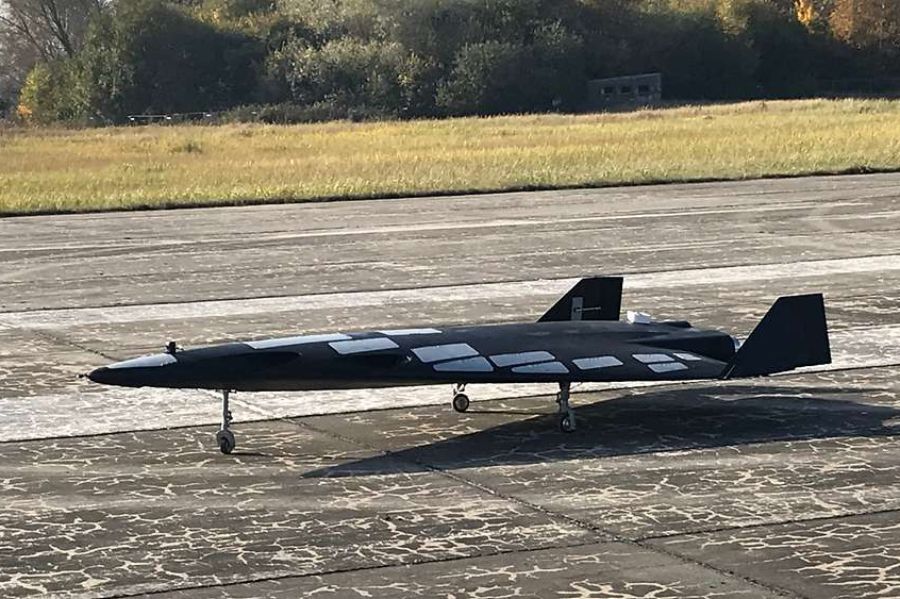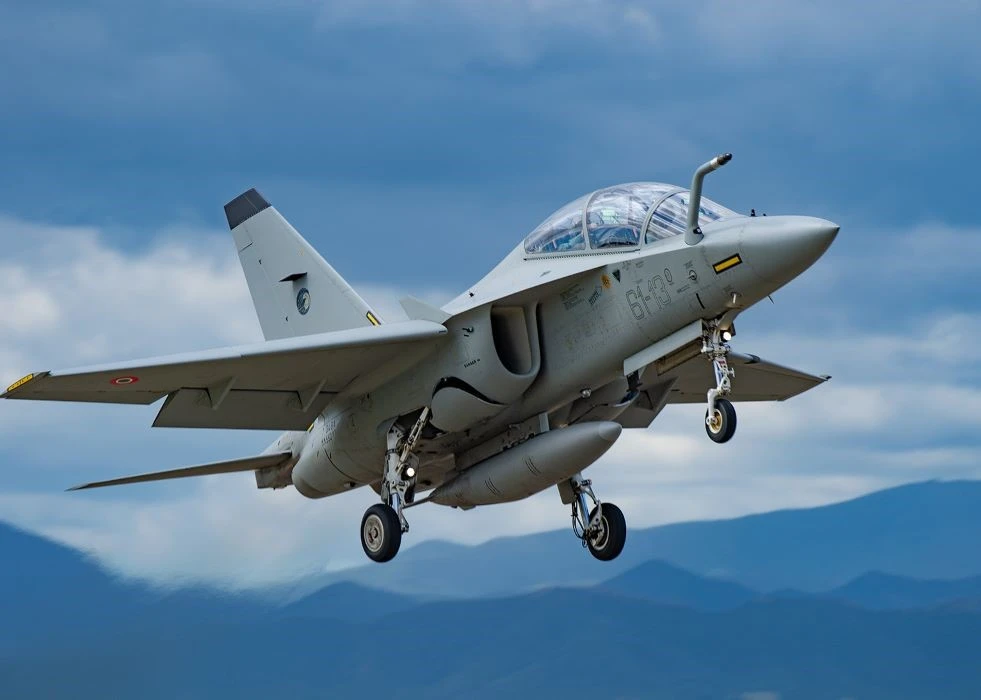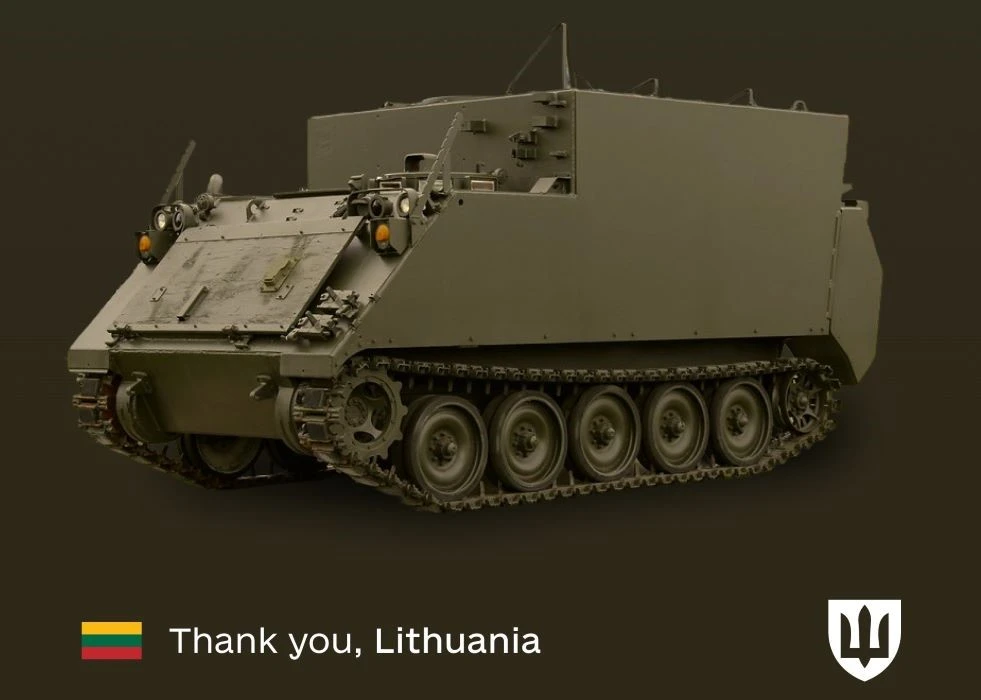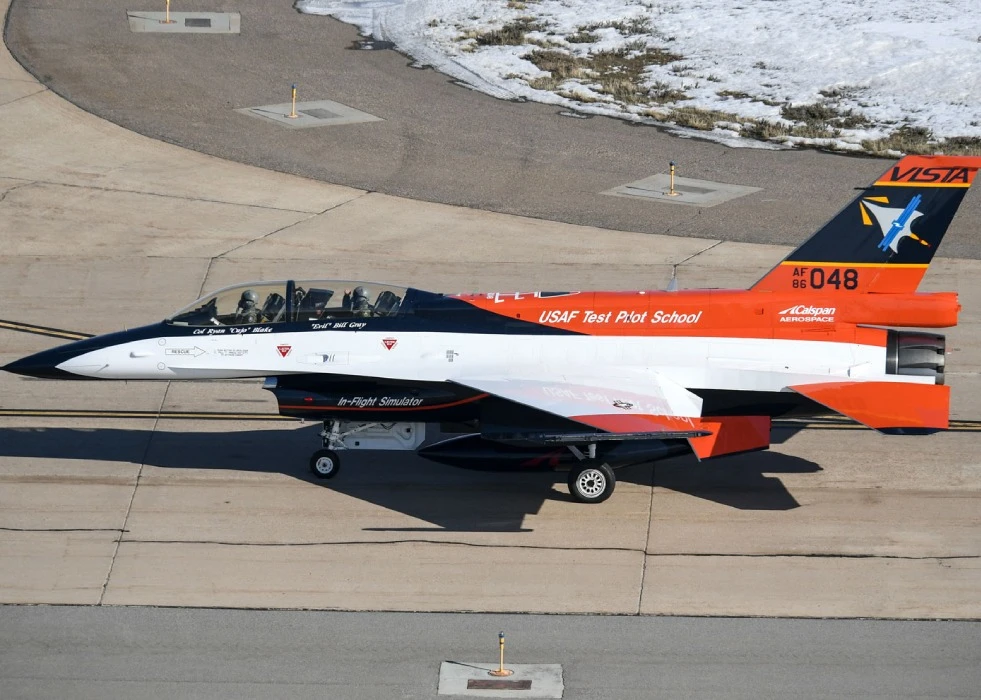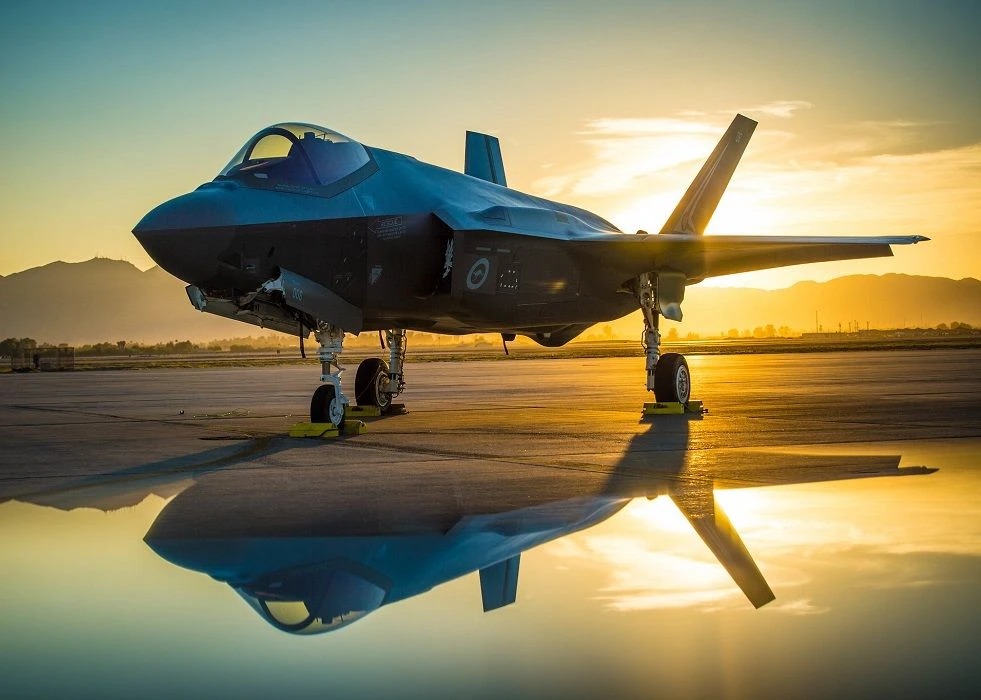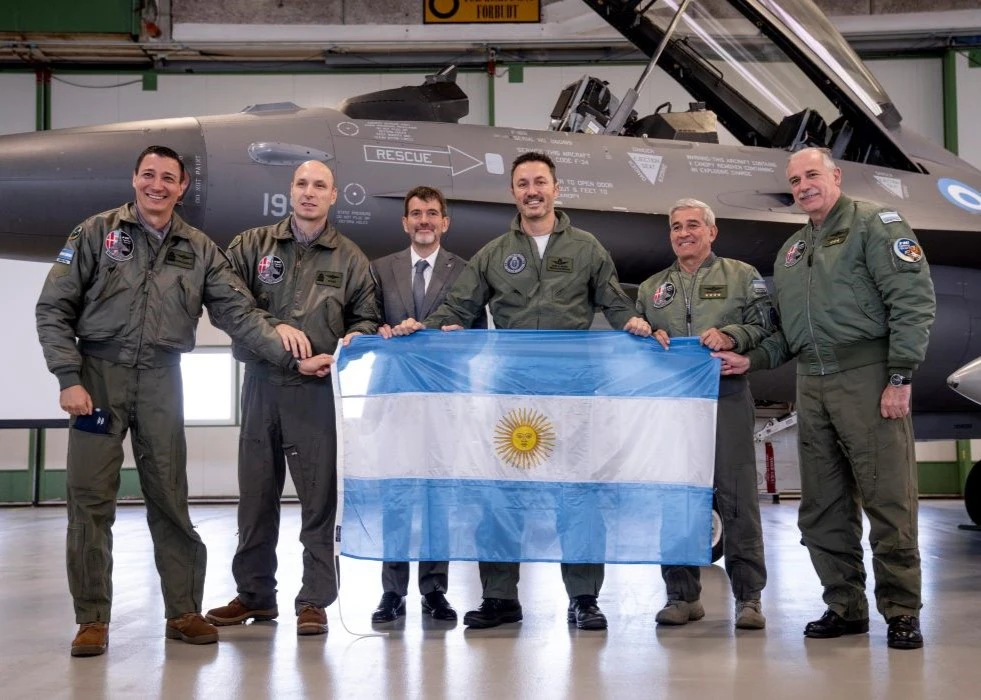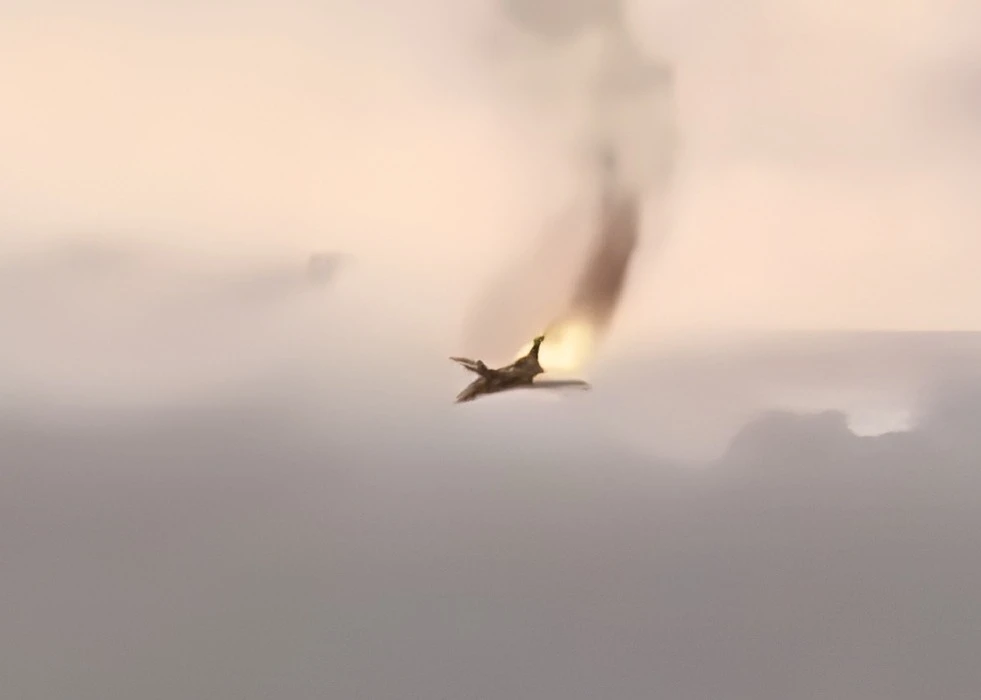The German defence ministry's (Bundeswehr) turbojet-powered unmanned space aircraft demonstrator "Athena" completed its initial flight tests in the autumn of 2022. Construction of an enlarged model, "Nova", is planned to begin in 2023.
The Athena, which has a length of 3.5 metres and a weight of approximately 120 kilogrammes, was developed for the Bundeswehr by Polaris Raumflugzeuge GmbH. According to the company, Athena is equipped with beyond visual line of sight (BVLOS) telemetry and semi-automated flight control systems. Additionally, the system is designed for the later integration of a liquid-fuel rocket engine. Because of its greater mass, performance, and ability to operate BVLOS, the vehicle must comply with a stringent regulatory framework. This framework included the acquisition of a dedicated vehicle operation licence, implementing restricted airspace, long-range radio/telemetry licences, an environmental assessment, and specialised insurance. ATHENA is also outfitted with a secondary flight termination system that can be used in an emergency (FTS).
The research and development project involving the turbojet-powered space aircraft demonstrator is being carried out in close collaboration between industry and the German military. The project's primary goal is to develop a new reconnaissance system and investigate the possibility of using it as a satellite delivery system.
Due to this project, the German armed forces may gain access to previously unavailable capabilities. The "Drone Innovation Hub" and the centre of excellence for unmanned aerial vehicles contribute to the project, which the military-technical service centre is leading for aircraft and aeronautical equipment in Manching (WTM 61).
Athena successfully completed its tests at the Peenemünde airfield in the state of Mecklenburg-West Pomerania. This airfield offered a secluded location and a runway 2,400 metres in length and extended directly into the Baltic Sea, which was one of the requirements for the trials. In addition, to reduce the potential dangers associated with the preliminary flight tests, a restricted flight area that was only temporary was established.

